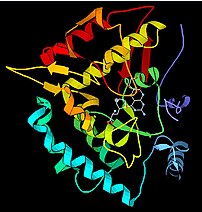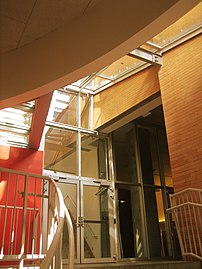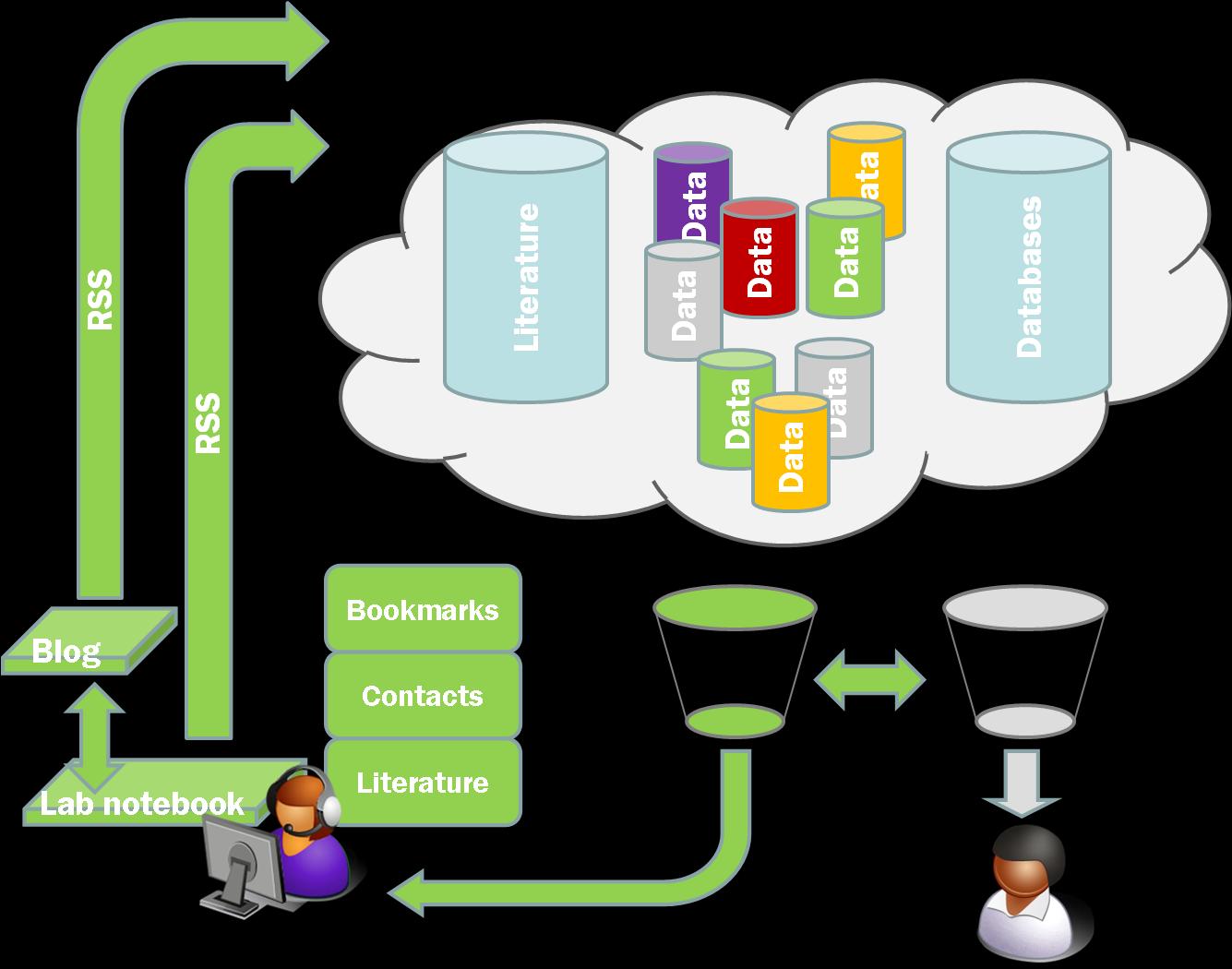I’m in Barcelona at a satellite meeting of the EuroScience Open Forum organised by Science Commons and a number of their partners. Today is when most of the meeting will be with forums on ‘Open Access Today’, ‘Moving OA to the Scientific Enterprise:Data, materials, software’, ‘Open access in the the knowledge network’, and ‘Open society, open science: Principle and lessons from OA’. There is also a keynote from Carlos Morais-Pires of the European Commission and the lineup for the panels is very impressive.
Last night was an introduction and social kickoff as well. James Boyle (Duke Law School, Chair of board of directors of Creative Commons, Founder of Science commons) gave a wonderful talk (40 minutes, no slides, barely taking breath) where his central theme was the relationship between where we are today with open science and where international computer networks were in 1992. He likened making the case for open science today with that of people suggesting in 1992 that the networks would benefit from being made freely accessible, freely useable, and based on open standards. The fears that people have today of good information being lost in a deluge of dross, of their being large quantities of nonsense, and nonsense from people with an agenda, can to a certain extent be balanced against the idea that to put it crudely, that Google works. As James put it (not quite a direct quote) ‘You need to reconcile two statements; both true. 1) 99% of all material on the web is incorrect, badly written, and partial. 2) You probably haven’t opened an encylopedia as a reference in ten year.
James gave two further examples, one being the availability of legal data in the US. Despite the fact that none of this is copyrightable in the US there are thriving businesses based on it. The second, which I found compelling, for reasons that Peter Murray-Rust has described in some detail. Weather data in the US is free. In a recent attempt to get long term weather data a research effort was charged on the order of $1500, the cost of the DVDs that would be needed to ship the data, for all existing US weather data. By comparison a single German state wanted millions for theirs. The consequence of this was that the European data didn’t go into the modelling. James made the point that while the European return on investment for weather data was a respectable nine-fold, that for the US (where they are giving it away remember) was 32 times. To me though the really compelling part of this argument is if that data is not made available we run the risk of being underwater in twenty years with nothing to eat. This particular case is not about money, it is potentially about survival.
Finally – and this you will not be surprised was the bit I most liked – he went on to issue a call to arms to get on and start building this thing that we might call the data commons. The time has come to actually sit down and start to take these things forward, to start solving the issues of reward structures, of identifying business models, and to build the tools and standards to make this happen. That, he said was the job for today. I am looking forward to it.
I will attempt to do some updates via twitter/friendfeed (cameronneylon on both) but I don’t know how well that will work. I don’t have a roaming data tariff and the charges in Europe are a killer so it may be a bit sparse.








